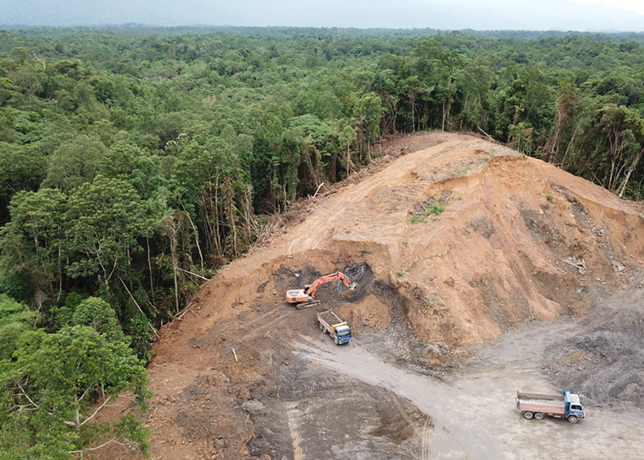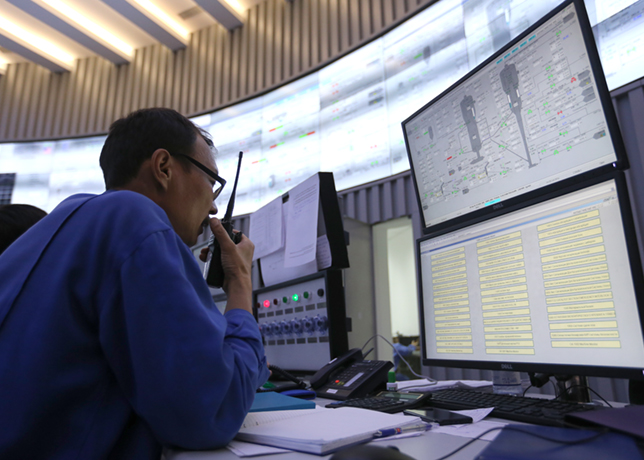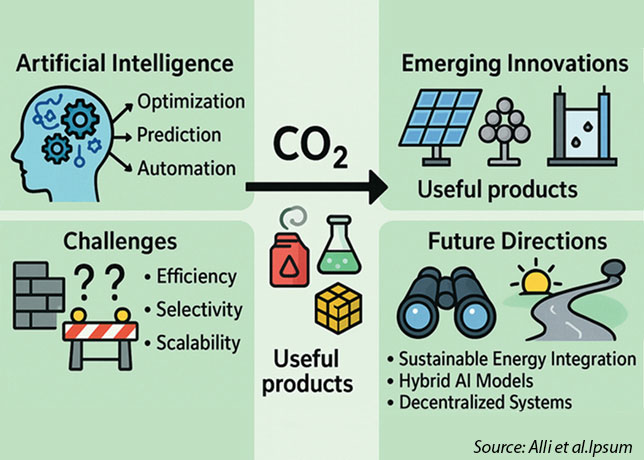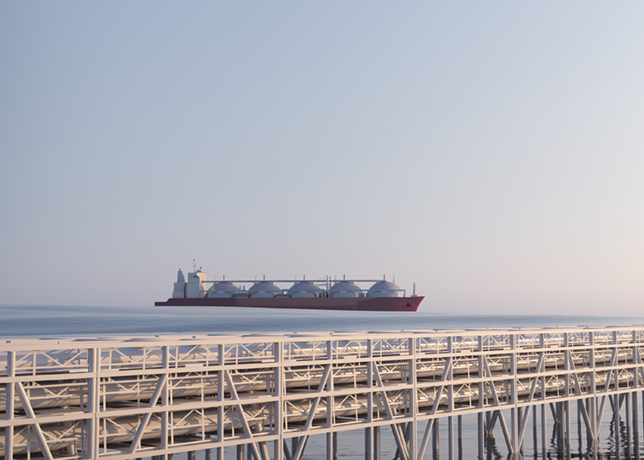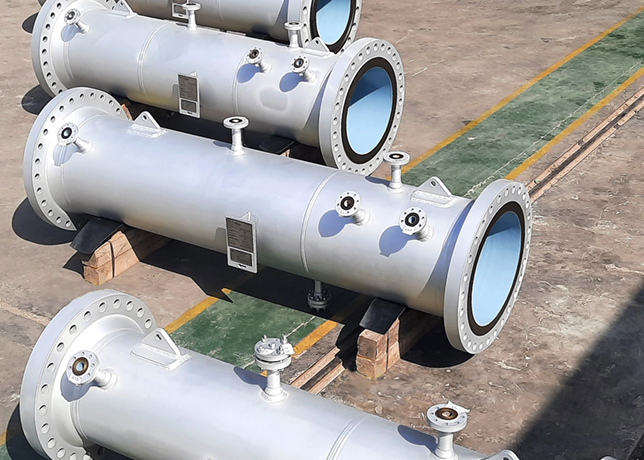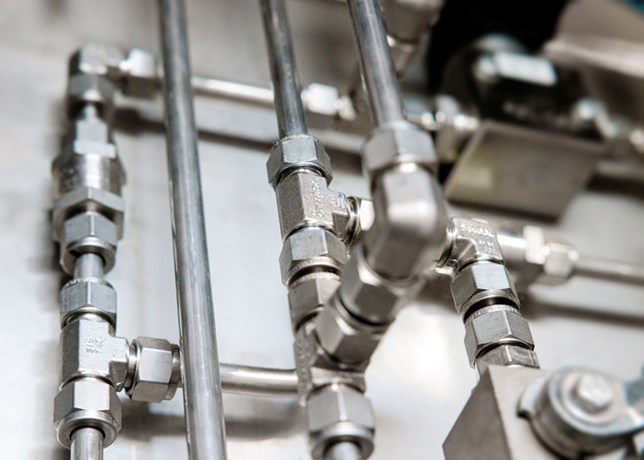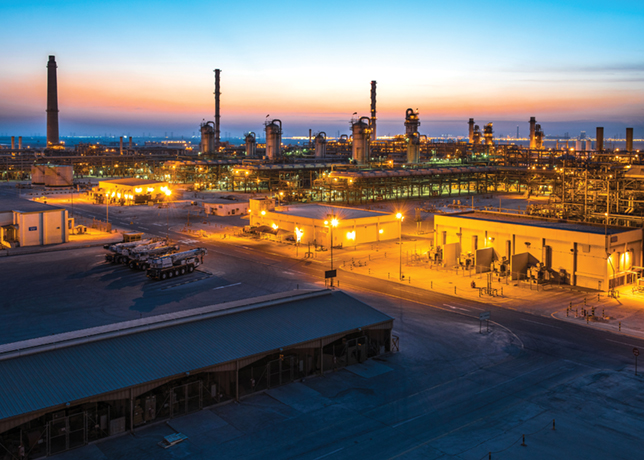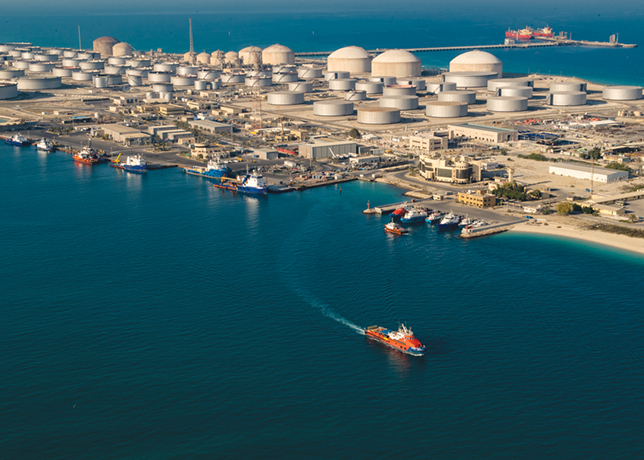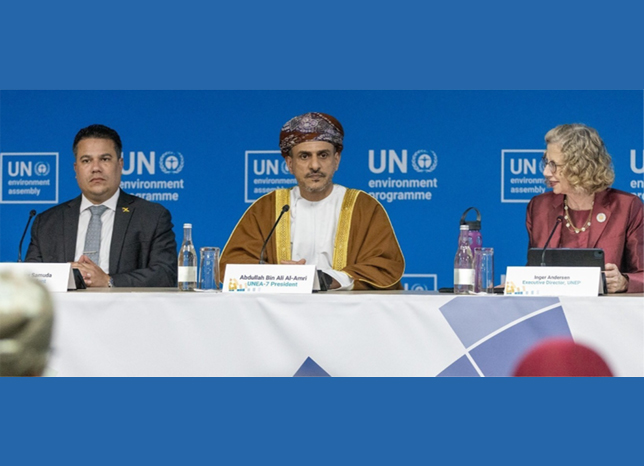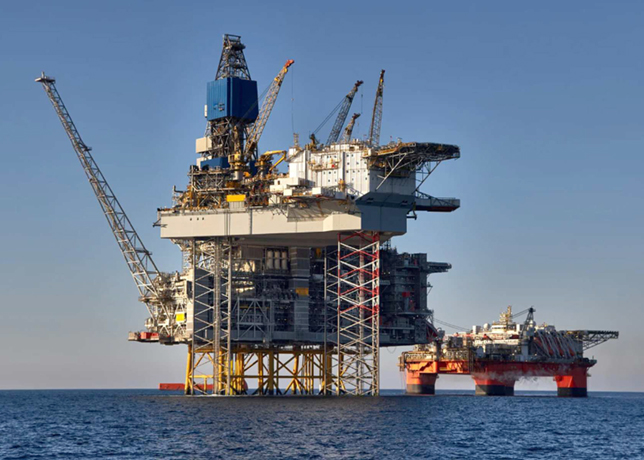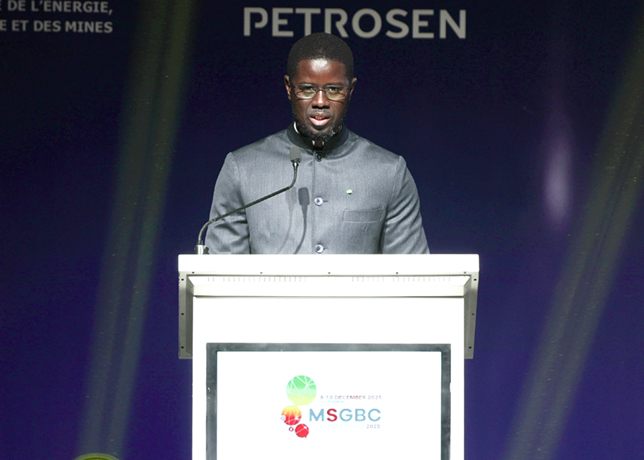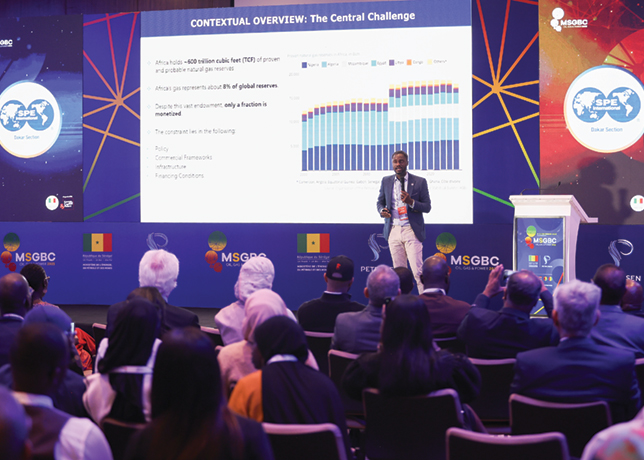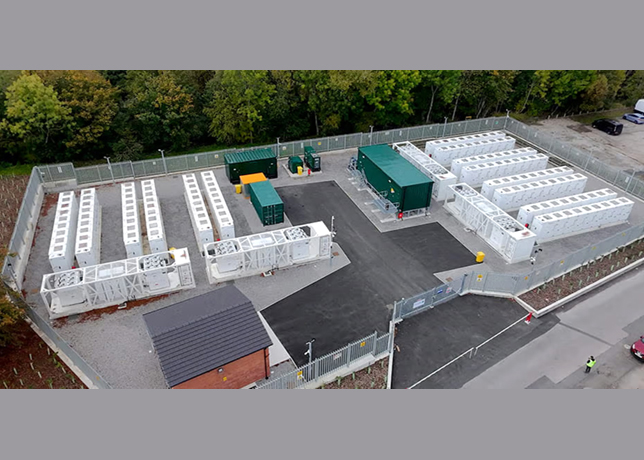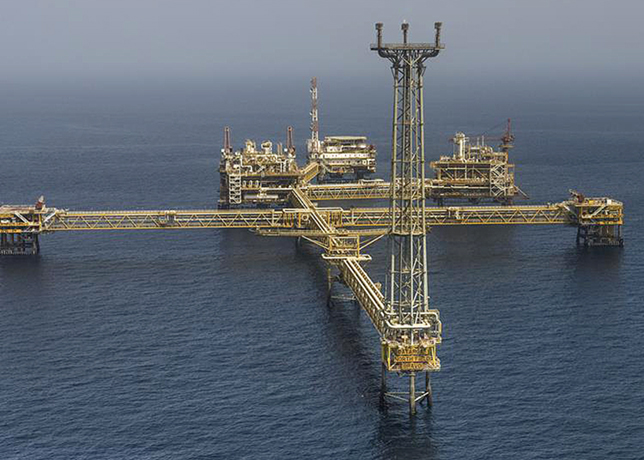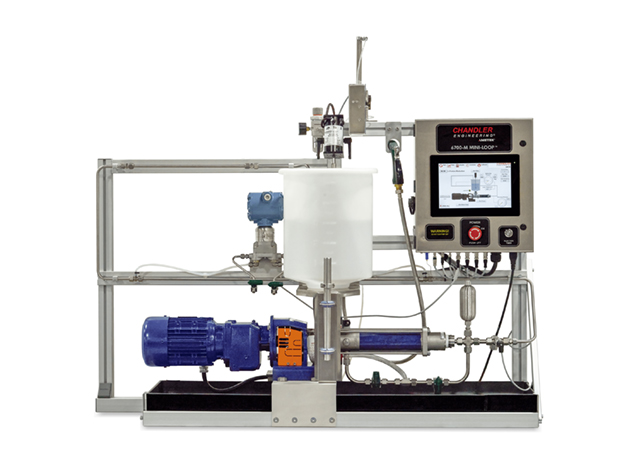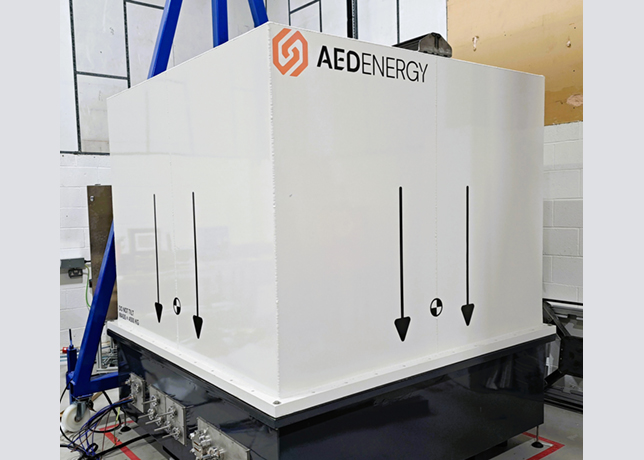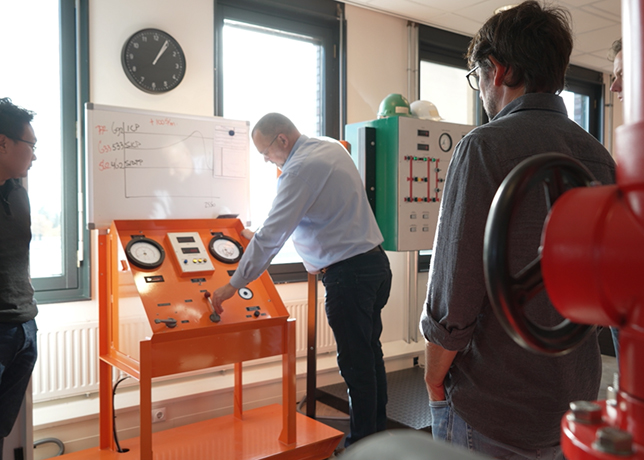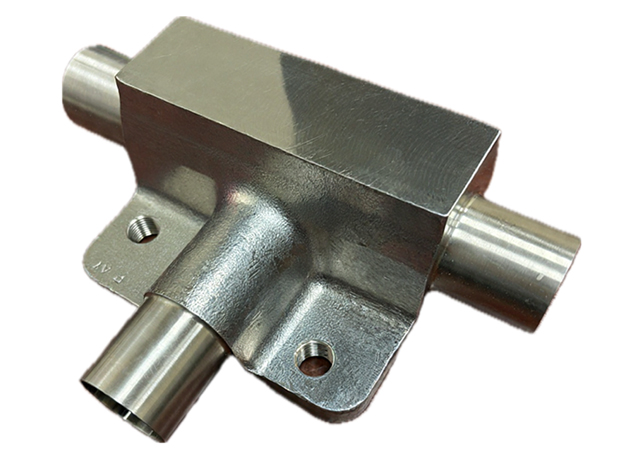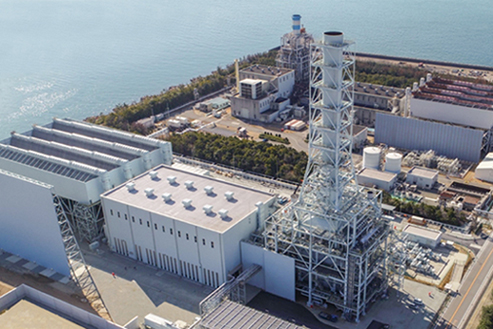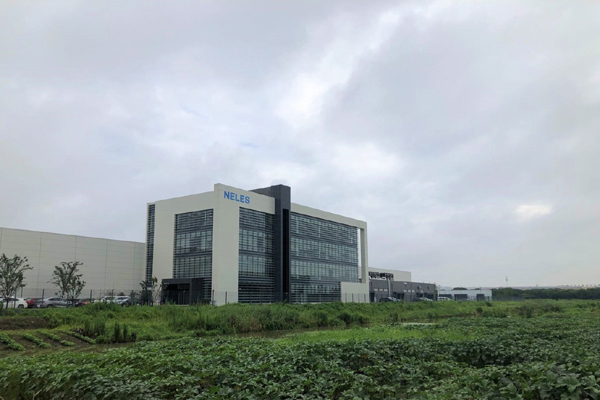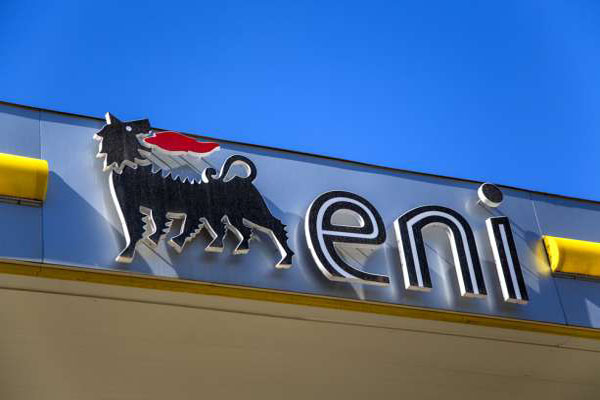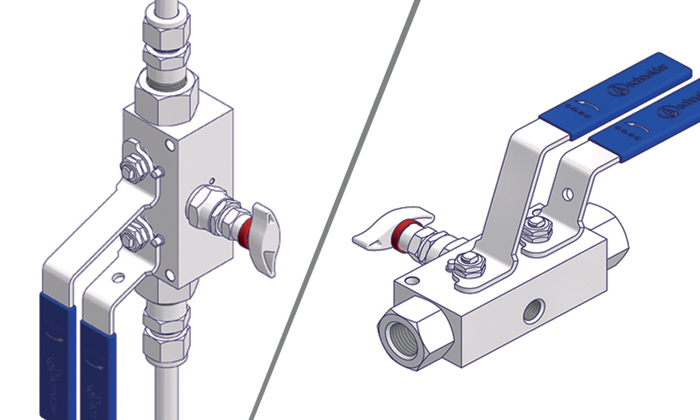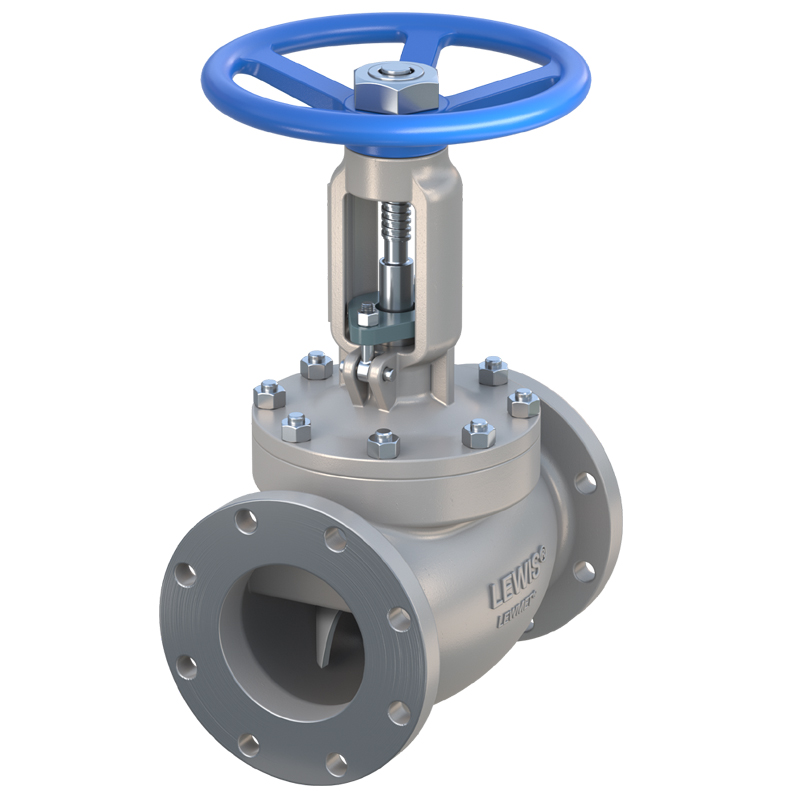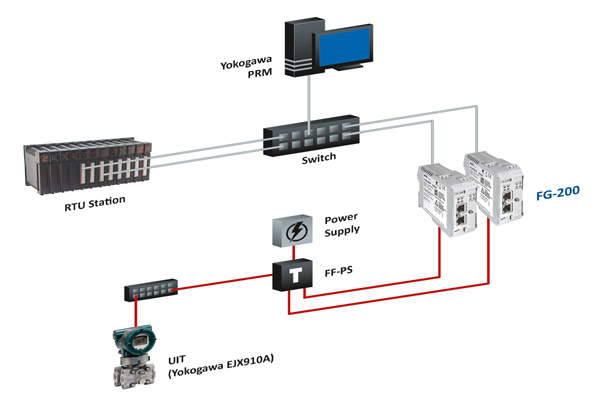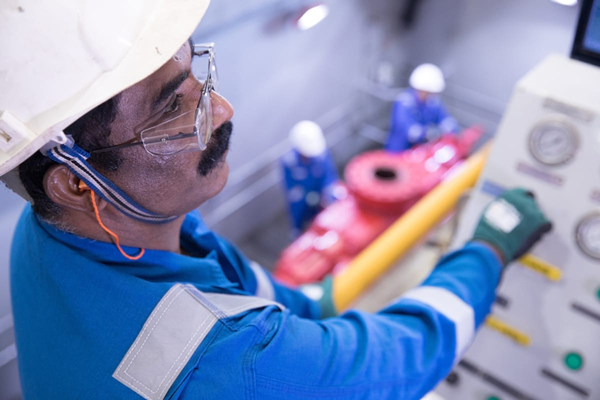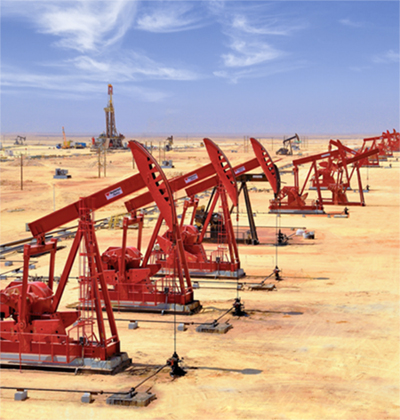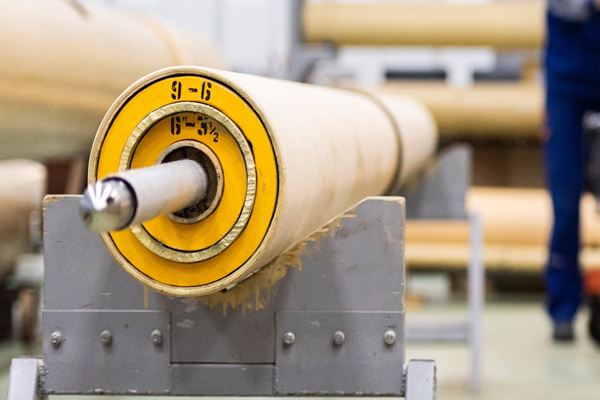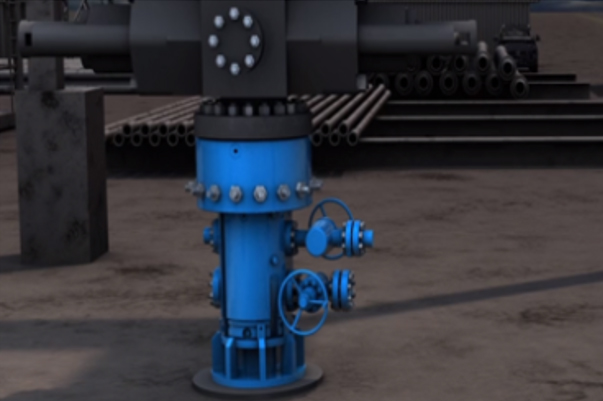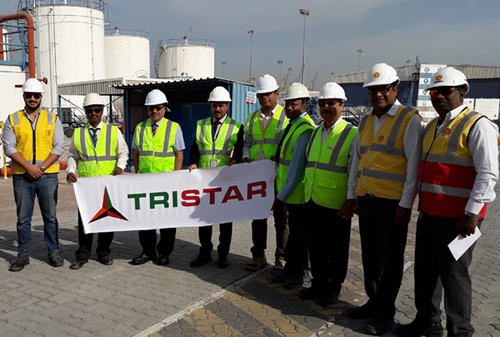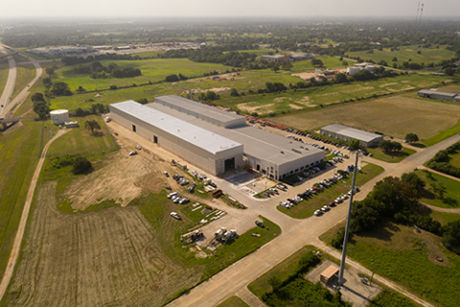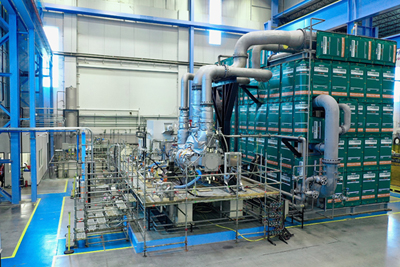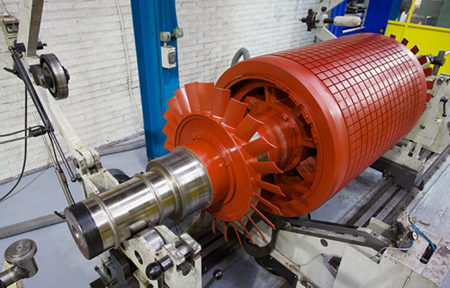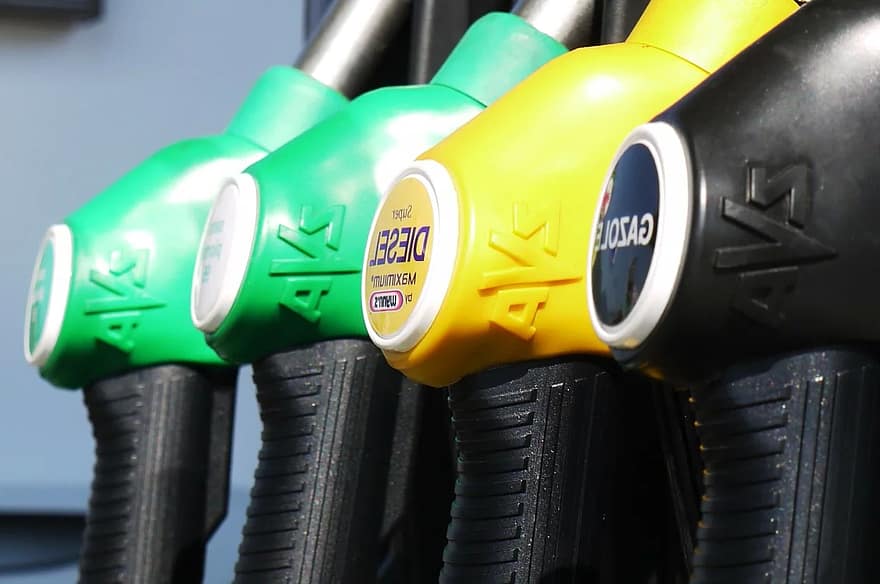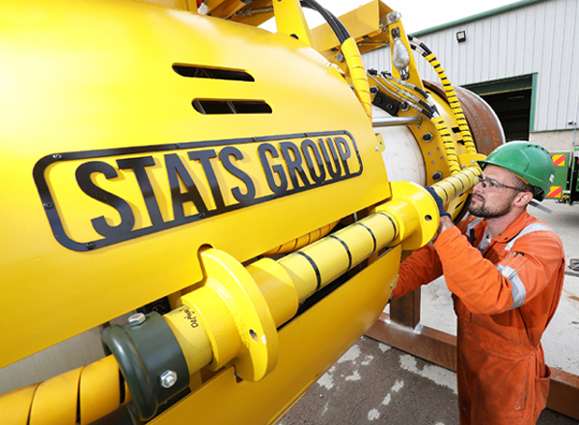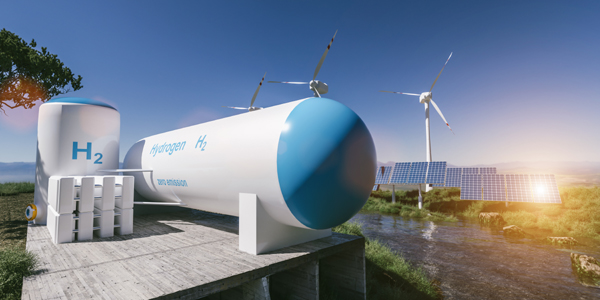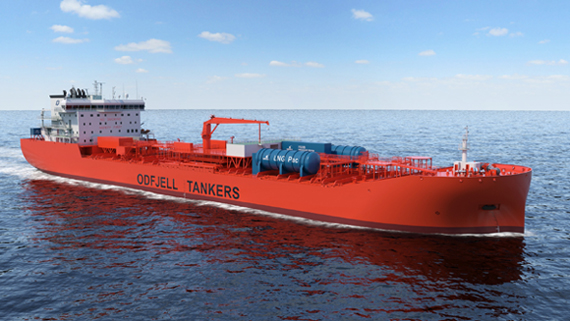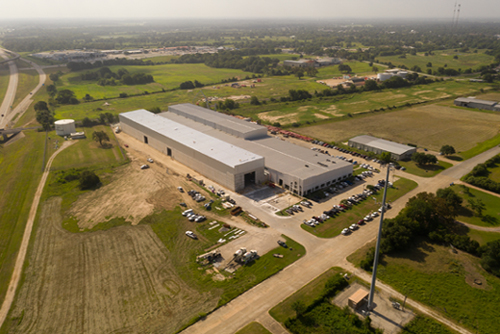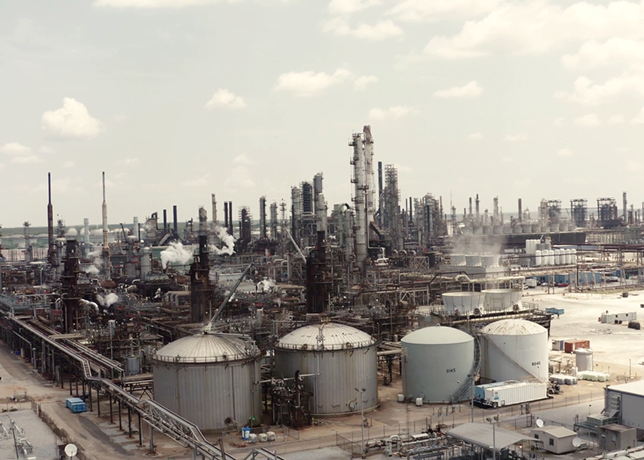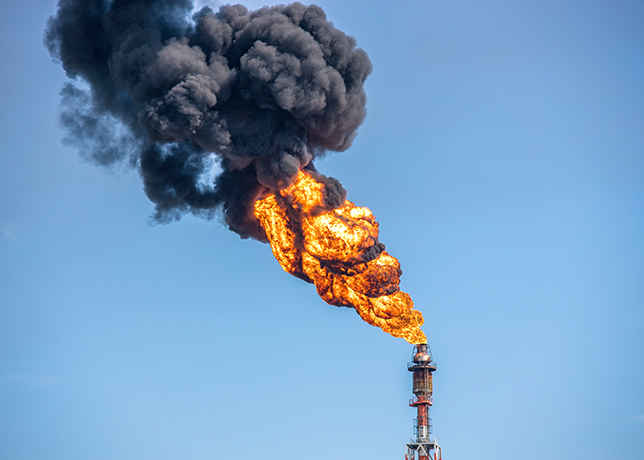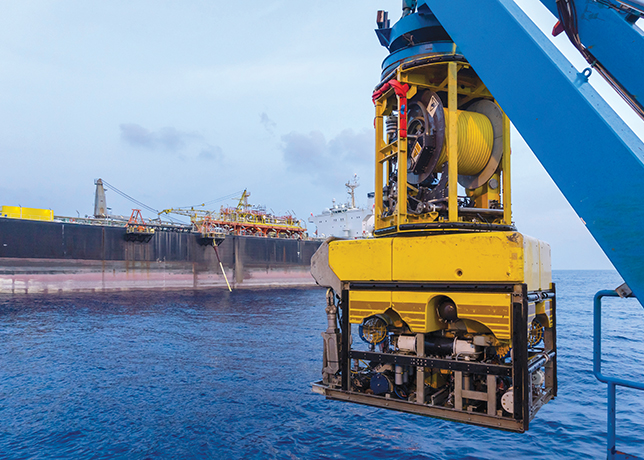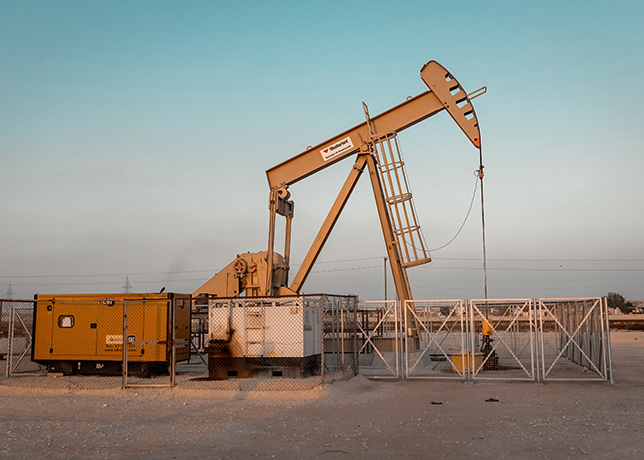
 Real-time data integration platforms are transforming upstream oil operations
Real-time data integration platforms are transforming upstream oil operations
Upstream oil firms face fragmented legacy systems, growing data complexity and cybersecurity risks; and despite soaring investment in AI, digital twins and IoT, operators struggle with interoperability, skills shortages and real time connectivity in remote oilfields
The upstream oil and gas sector is experiencing a pivotal moment: The promise of digital transformation has never been greater, yet integration and implementation challenges risk undermining ambitions.
Operators worldwide are increasingly investing in artificial intelligence (AI), data analytics and Internet of Things (IoT) systems, but without solving core issues like data silos, legacy infrastructure and workforce readiness, the technology potential remains out of reach.
The result is a sector poised for rebirth, yet hamstrung by systemic digital hurdles that echo across continents and rigs.
Upstream organisations frequently operate with siloed legacy platforms across geoscience, drilling, production and maintenance.
Disparate IT systems impede seamless data flow, making analytics and digital twins difficult to deploy effectively.
Industry reports have highlighted major pain points in upstream data management, including inconsistencies in quality, lack of standardisation, governance frameworks, security and accessibility challenges.
Efforts to harmonise data are ongoing, especially through adoption of open standards such as those promoted by Energistics and the OSDU Forum. However, adoption remains uneven across operators.
Meanwhile, ISO 15926 continues to be adopted in certain regions (notably Norway) as a core data integration ontology across the asset lifecycle.
The upshot is that companies collect vast volumes of data—from seismic surveys to sensor logs—but insufficient governance and platform integration mean much of it goes unused or underutilised. The result is large-scale ambition trapped in small-scale silos.
GULF FIRMS GO ALL-IN ON UPSTREAM DIGITALISATION
Producers in the Arabian Gulf are at the forefront of overcoming these digital and integration hurdles.
For instances, ADNOC’s panorama digital command centre unifies more than 120 dashboards and 200,000 data points into a real-time visual interface.
Through AIQ (a joint venture with G42 and Microsoft), ADNOC deployed over 30 AI tools in 2023 alone, generating $500 million in value and avoiding 1 million tonnes of CO2 emissions.
Similarly, the company’s Neuron 5 predictive maintenance platform, introduced in 2024, has significantly reduced unplanned downtime and extended asset lifecycles.
Additionally, ADNOC’s AR360 reservoir modelling tool, developed with SLB and AIQ, integrates subsurface data for smarter infill drilling, extending well life and improving emission outcomes.
In its neighbouring Saudi Arabia, Saudi Aramco has implemented an enterprise-wide digital transformation programme using drones, IoT, blockchain, VR, and automation.
Its global Digital Innovation Centres train staff and incubate tools focused on upstream automation and data analytics.
Qatar Energy, while more discreet, is investing in enabling telecom infrastructure. The nationwide 5G and edge-computing rollout, led by Ooredoo, will allow sensor-driven, real-time data collection for future offshore upstream applications.
These national champions also rely on partnerships with global tech firms to accelerate AI development and improve data platform interoperability.
Key interventions include AI-led drilling optimisation, predictive analytics, and digital twins to improve recovery and manage emissions.
SKILLS SHORTAGES
The digital transformation market in oil and gas is projected to grow by $56.4 billion from 2025–2029, with a robust compound annual growth rate of around 14.5 per cent.
The rise of digital twins, AI-led predictive maintenance and IoT applications is powering this surge.
Yet, operators report a pervasive lack of skilled labour, particularly individuals with cross-disciplinary knowledge spanning upstream engineering, data science and cybersecurity.
This talent gap compounds security vulnerabilities. Increasingly digitised rigs and remote operations are exposed to cyber attacks targeting IIoT and SCADA systems.
Offshore assets controlled via integrated cyber physical systems could suffer serious operational and environmental consequences in the event of breach.
Connectivity remains a further bottleneck. Many upstream installations, such as remote offshore platforms or Arctic fields, have limited bandwidth and unreliable data transmission.
This undermines real time monitoring, analytics, and the deployment of digital twins.
Initiatives such as Norway’s Integrated Operations in the High North project aim to remedy these by deploying interoperable open standards platforms across drilling, reservoir and operations domains.
As one research paper on upstream data identified "challenges, including data silos, quality and consistency, standardisation, volume and complexity, accessibility and security".
This summary encapsulates the core barriers delaying digital potential in exploration and production.
Despite these hurdles, firms such as BP, Equinor and others are piloting AI-driven reservoir models, digital twins built on seismic data and real time IoT integration that reportedly improve recovery rates while reducing cost per barrel.






